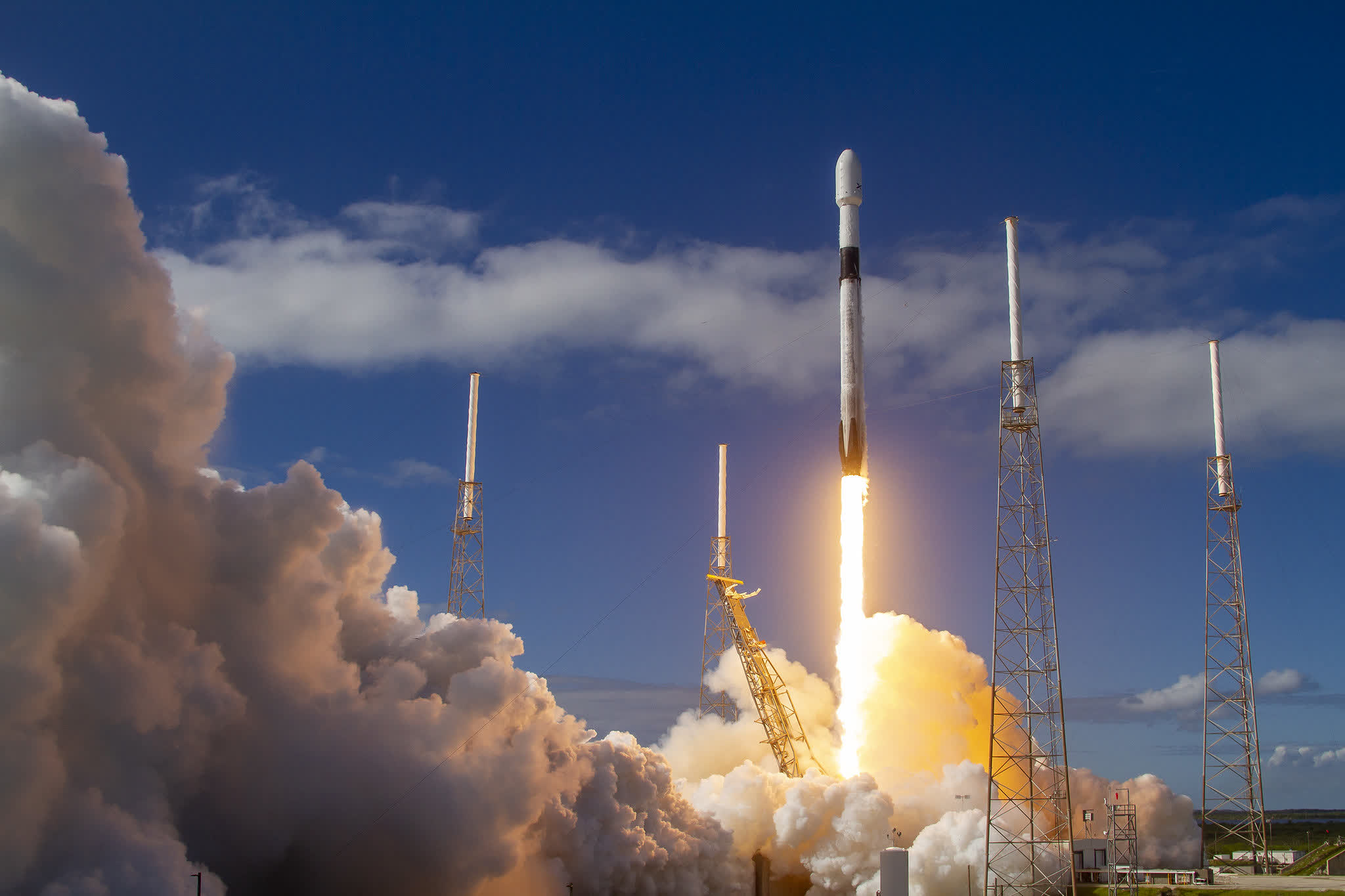Unanticipated deorbit: Nearly two dozen Starlink satellites failed to reach their intended orbit during a recent launch mishap, resulting in an early demise as they fell back to Earth. SpaceX and the FAA are now investigating the incident to figure out what went wrong and how to prevent it from happening again in the future.

In the late hours of July 11, SpaceX launched a Falcon 9 rocket from Vandenberg Space Force Base in California. The rocket's first stage did its job, and successfully separated from the second stage which was carrying a payload of 20 Starlink satellites. The first stage landed on a drone ship in the Pacific Ocean without incident.
SpaceX said a liquid oxygen leak developed on the second stage, preventing it from completing its second burn. The rocket and its payload survived, and the satellites were deployed successfully albeit at an altitude of around 84 miles – less than half of the expected perigee altitude.
The SpaceX team worked overnight to make contact with the satellites and send early burn commands to try and correct their orbit, but the maximum available thrust wasn't great enough to push them to their correct orbit altitude. All 20 satellites were expected to reenter Earth's atmosphere and burn up before reaching the ground.
Harvard astrophysicist Jonathan McDowell has since confirmed that each and every satellite was indeed destroyed on July 12.
SpaceX said the event is a reminder of how technically challenging spaceflight is. The team will conduct a full investigation under the supervision of the Federal Aviation Administration to determine the cause of the failure and minimize the chances of it happening again.
The FAA must approve SpaceX's final report including corrective actions. "A return to flight is based on the FAA determining that any system, process, or procedure related to the mishap does not affect public safety," the agency added.
As Live Science notes, this was the first Falcon 9 launch failure since 2016 and the biggest loss of Starlink satellites in more than two years. Back in February 2022, a geomagnetic storm increased atmospheric drag as much as 50 percent which ultimately downed around 40 satellites.
SpaceX rocket launch failure leads to 20 Starlink satellites falling from sky, prompting probe